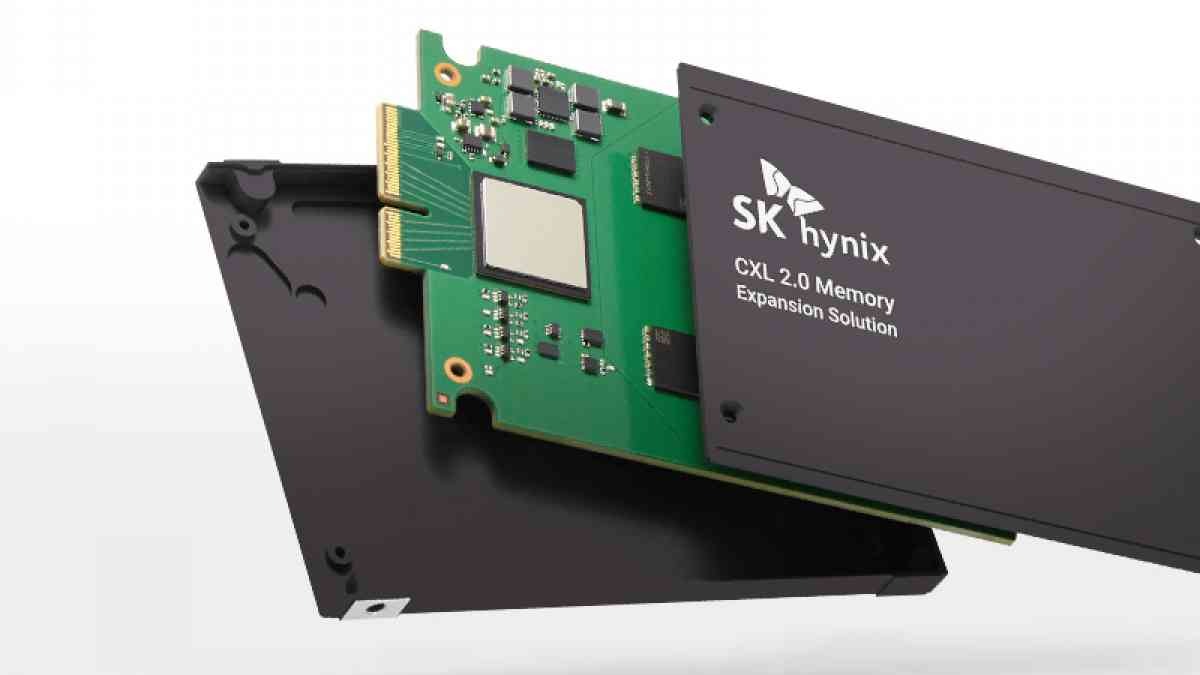
Leading memory chip manufacturers Samsung Electronics and SK hynix are reportedly shifting their strategies to focus on high-value technologies like High Bandwidth Memory 4 (HBM4) and Compute Express Link (CXL). This move is driven by an increasingly competitive memory market, where Chinese companies are expanding their production capabilities and employing aggressive pricing strategies to capture market share.
The memory market is transforming as AI becomes a critical driver of technological progress. Traditional approaches emphasizing cost efficiency and price competition in DRAM and NAND Flash give way to a new paradigm centered around high-performance, high-value-added products.
Samsung and SK hynix’s strategic focus on high-value technologies comes in response to mounting pressure from Chinese competitors. Companies like Changxin Memory Technologies (CXMT) are rapidly expanding their production capacities, making inroads into the global memory market. According to market research firm Tech Insight, CXMT has increased its DRAM production capacity by nearly fivefold over the past four years, securing a 9% market share and becoming the world’s fourth-largest memory producer.
This expansion is backed by China’s significant investment in memory technology development, a trend further accelerated by U.S. export controls on semiconductors to China. These measures have pushed Chinese firms to ramp up their production efforts and refine their pricing strategies, creating stiff competition for established players like Samsung and SK hynix.
To counter these competitive pressures, Samsung and SK hynix are doubling down on advanced memory technologies like HBM4 and CXL. These innovations offer substantial performance enhancements and are well-suited to AI-driven applications’ high-demand, high-performance requirements.
Samsung recently showcased its advances in CXL technology at the OCP (Open Compute Project) Global Summit. The company plans to mass-produce a 256GB CMM-D compliant with the CXL 2.0 protocol by the end of 2024. CXL, a technology designed to enhance the efficiency and speed of data transfers between CPUs, GPUs, and memory, is poised to play a crucial role in next-generation AI and computing workloads.
Meanwhile, SK hynix has reaffirmed its commitment to producing HBM4, with plans to start mass production in the second half of 2025, followed by the launch of HBM4E in 2026. The company is also exploring the potential of hybrid bonding technology, which could provide further performance boosts. These high-end memory solutions are expected to command premium prices, differentiating Samsung and SK hynix from their lower-cost competitors.
While the shift toward high-value technologies offers opportunities, it also presents particular challenges. Developing cutting-edge memory solutions like HBM4 and CXL requires significant research and development investment. The complexity of these technologies increases the cost of production, making the competition not just about market share but about technological leadership.